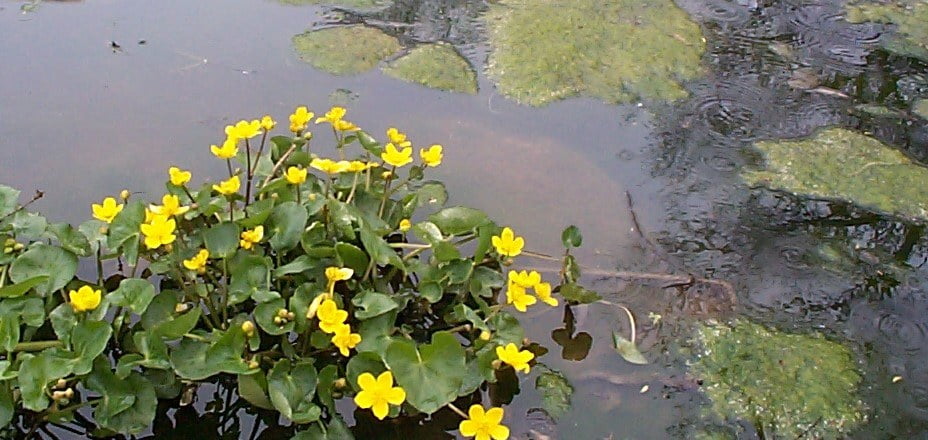Blanket weed can be a major problem in garden ponds because it is unsightly, can clog up the other plants in the pond, especially oxygenating plants and can reduce the level of oxygen in the water which can harm the pond life. The presence of blanket weed is always a sign of imbalance in your pond
What is it?
There are around 20,000 different forms of a group of primitive plants called algae. Blanket weed, otherwise known as silkweed or string algae, is the name given to some varieties of algae that will, in the right conditions, produce large and dense pillows of green, foamy filaments floating on the surface of the pond.
Where does it come from?
All algae reproduce through spores. The spores are present in the air and so will readily settle in any new body of water. Spores may also be carried on the feathers of birds and skin of amphibians as they move from pond to pond. In some circumstances the tiny filaments and spores may also be carried to new ponds on plants.
Why is it so invasive?
Blanket weed thrives in water containing high levels of natural plant foods (nutrients) and where there is plenty of sunlight. Almost all newly built garden ponds, pools and lakes will initially suffer from this naturally occurring plant invasion. Nature abhors a vacuum, so this algae takes over in any body of water where there is little competition for nutrients and where there is not enough plant foliage covering the water surface. Plenty of sunshine encourages the weed to grow and the more it grows, the harder it can be to get rid of it.
How do I control blanket weed?
Blanket weed can only thrive when the pond is not balanced. The best and cheapest way to control blanket weed is by planting pond plants that will help everything in the pond to create the right balance. Make sure the plants you put into your pond are healthy and growing well, and never introduce any kind of soil, compost or fertiliser directly into the water. Planting up with enough pond plants to use up the excess nutrients will lead to starvation and collapse of the blanket weed. Most ponds are have too few plants. You need the right number of oxygenating plants, water lilies and marginal plants, to get the balance right. See our pages on caring for your plants for more information


